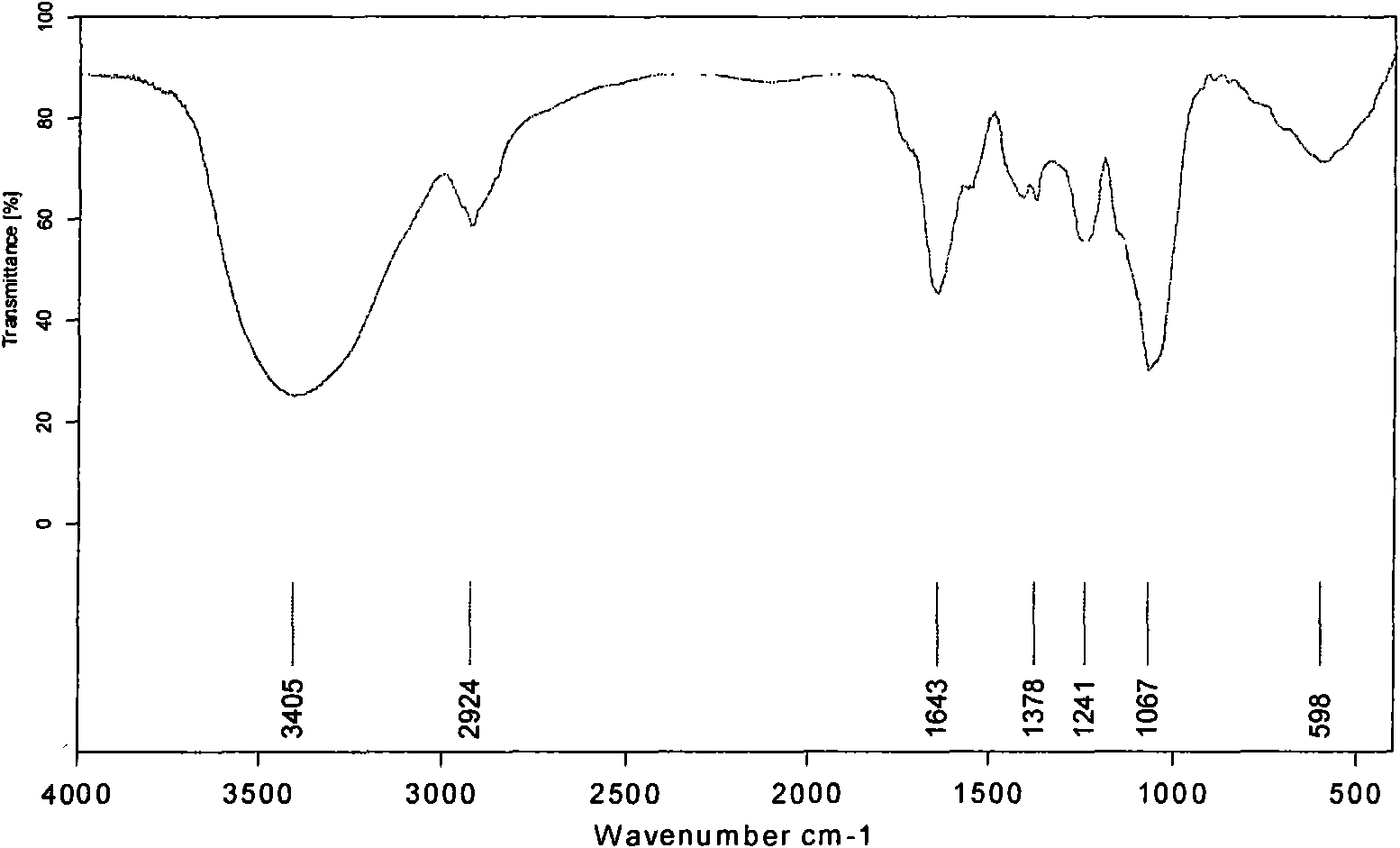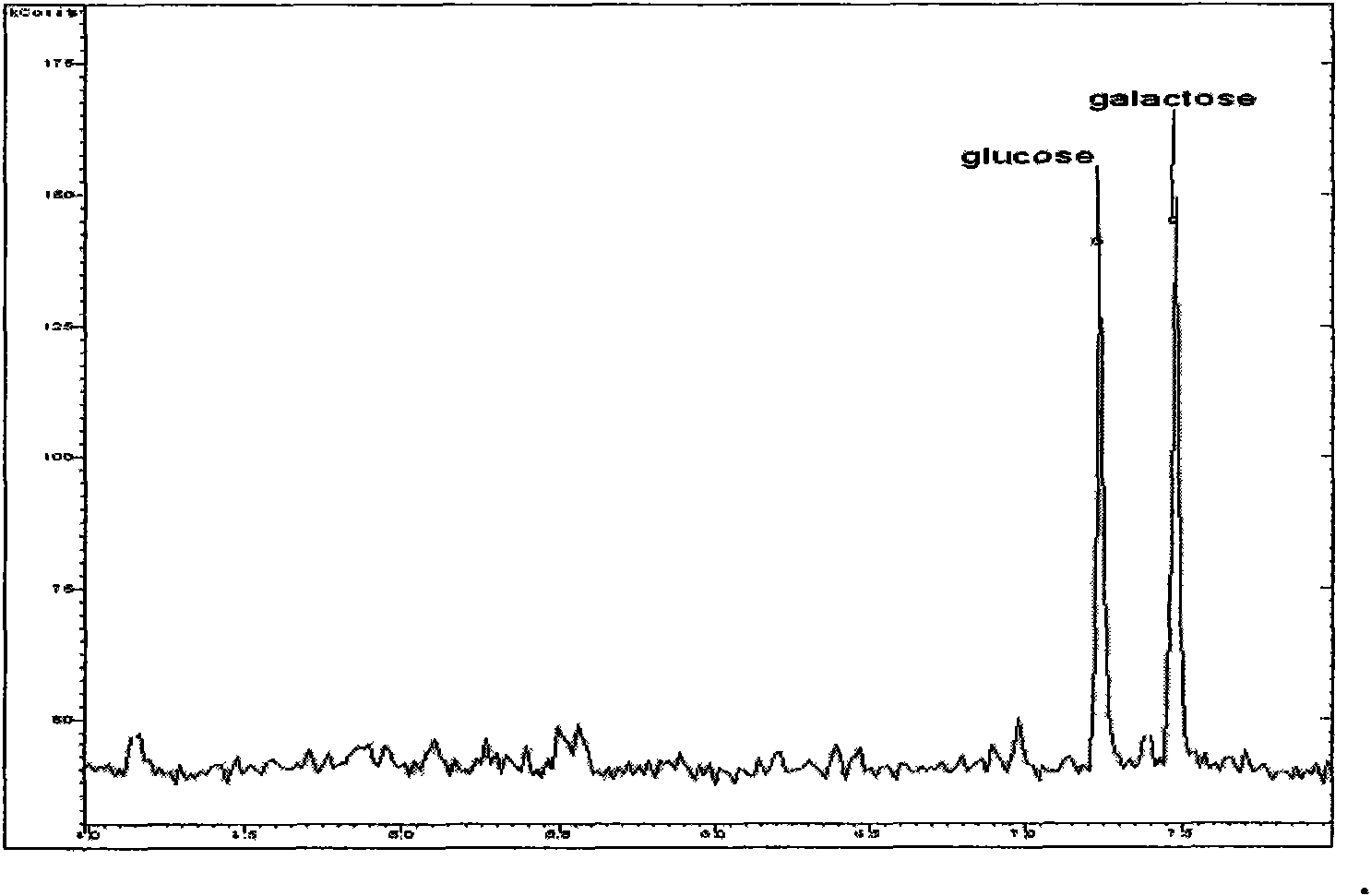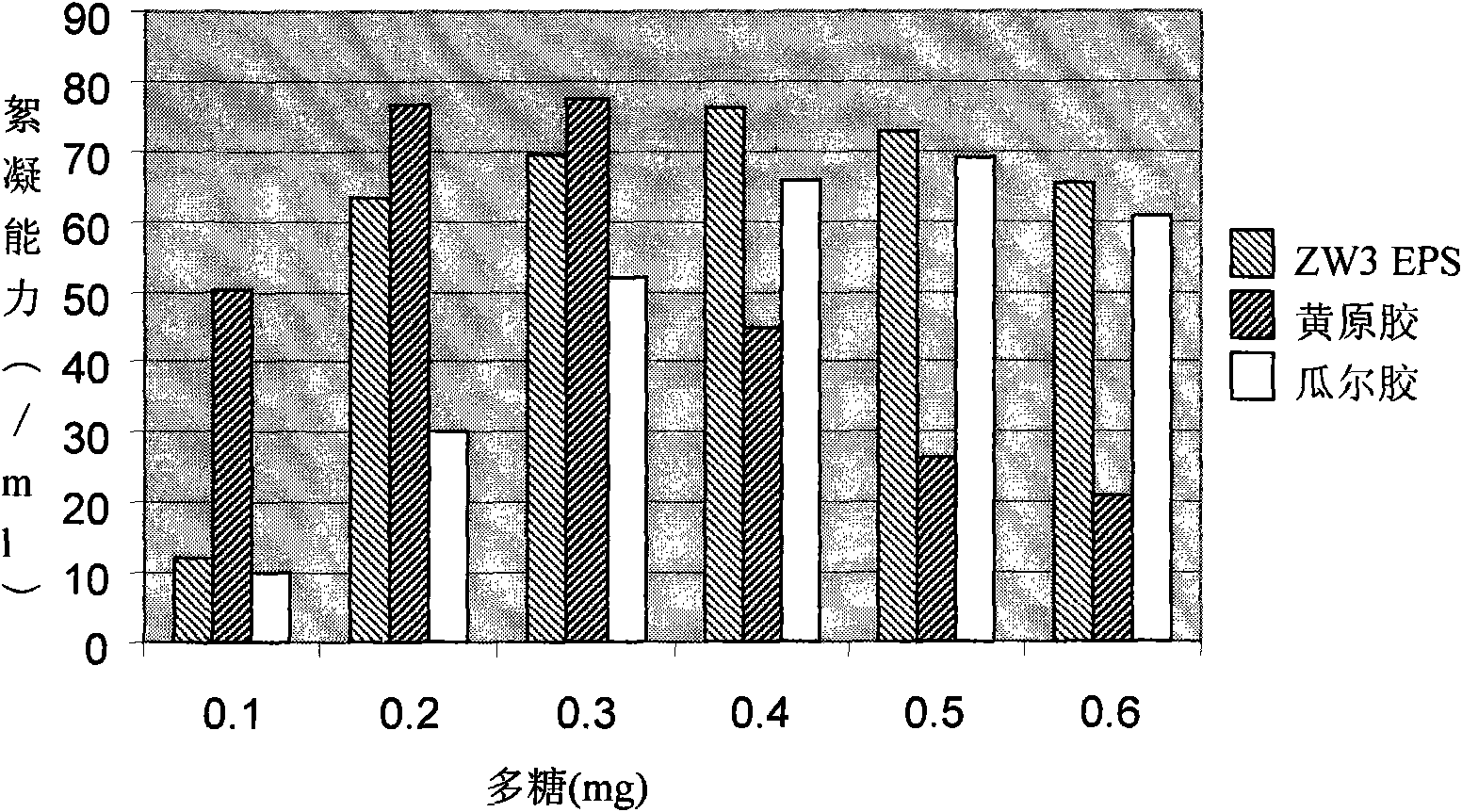Kefiranofaciens subsp.kefiranofaciens ZW3 strain
A technology for kumiss and strains, which is applied in the field of bioengineering and can solve the problems of poor stability of strains, low yield, and restriction of large-scale production.
- Summary
- Abstract
- Description
- Claims
- Application Information
AI Technical Summary
Problems solved by technology
Method used
Image
Examples
Embodiment Construction
[0014] The present invention will be further described below in conjunction with the examples, the following examples are illustrative, not restrictive, and the protection scope of the present invention cannot be limited by the following examples.
[0015] Kefir grains (Kefir grains) is the leavening agent of traditional Kefir (Kefir), it has an irregular shape, the surface is curled, uneven or highly twisted, mostly white or light yellow, with a certain degree of elasticity and special Sour, 3-20mm in diameter, looks like cauliflower. Active kefir grains can float on the surface of milk. The main components of the grains are water, viscous polysaccharides, proteins, lipids, and a large number of probiotics that inhabit the grains, such as Lactococcus, Lactobacillus, Leuconostoc, Acetic acid bacteria and yeast. The reason why kefir grains and kefir have nutritional and health care functions is mainly due to the symbiosis of these probiotics, and the Lactobacillus kumi subsp. ...
PUM
| Property | Measurement | Unit |
|---|---|---|
| melting point | aaaaa | aaaaa |
| melting point | aaaaa | aaaaa |
Abstract
Description
Claims
Application Information
 Login to View More
Login to View More - R&D
- Intellectual Property
- Life Sciences
- Materials
- Tech Scout
- Unparalleled Data Quality
- Higher Quality Content
- 60% Fewer Hallucinations
Browse by: Latest US Patents, China's latest patents, Technical Efficacy Thesaurus, Application Domain, Technology Topic, Popular Technical Reports.
© 2025 PatSnap. All rights reserved.Legal|Privacy policy|Modern Slavery Act Transparency Statement|Sitemap|About US| Contact US: help@patsnap.com



